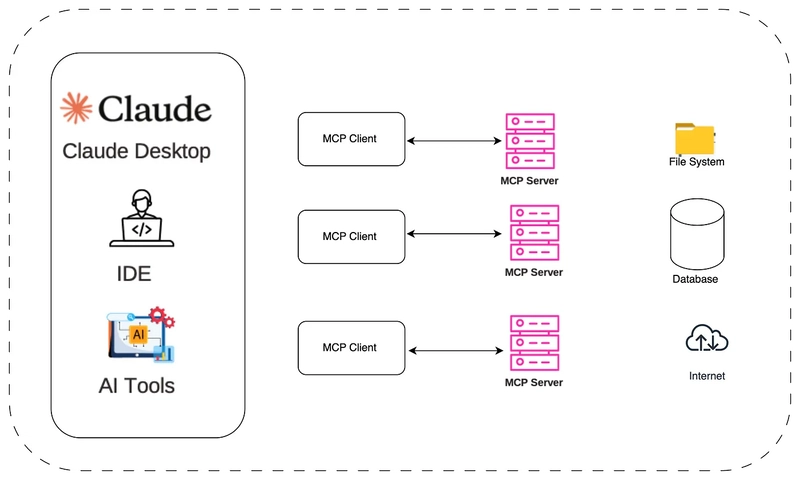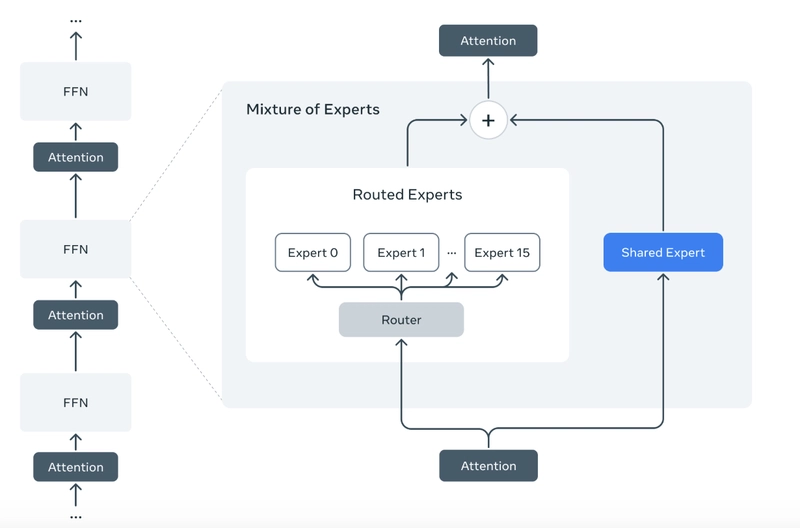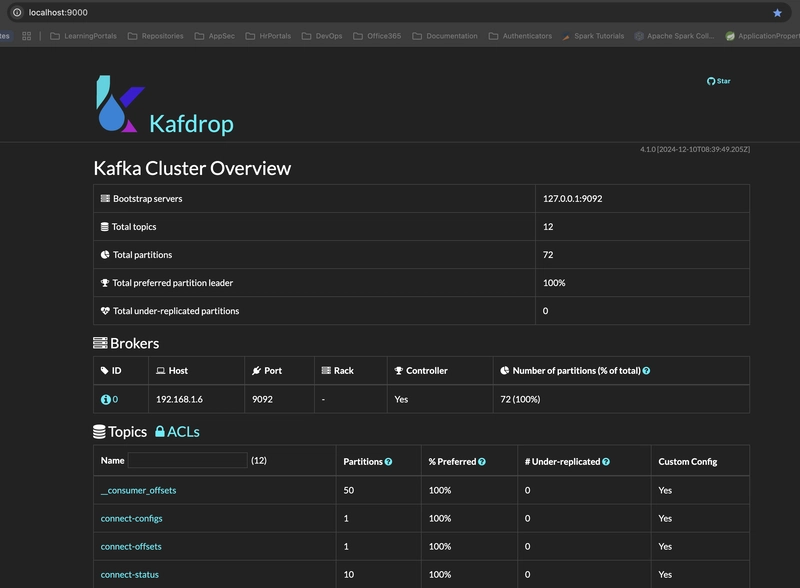OSI Model
WHAT IS OSI MODEL - OSI model is just a 7 layers framework that standardizes a network communication. i meant to establish a common format or set of rules that ensures consistency and compatibility. so OSI model set a standard for network communication so ensuring the data travels sender to receiver efficiently or we can say he OSI model has 7 layers that help computers talk to each other in a structured way. What if we do not follow network standards- The communication between devices and network would be chaotic like- Different companies will create their own networking protocols so it makes impossible to communicate other companies manufactured devices. Ex-A Dell laptop might not be able to connect to an HP printer or a Cisco router. Without standardization, different regions or companies might use separate protocols, making global internet communication difficult or impossible.Ex-Websites hosted in one country might not be accessible in another due to differing network structures. Physical Layer (Wires & Signals) – "How to send data?" Transmits raw bits (0s & 1s) through cables, fiber, or radio signals.(because computer networks data travels two main transmission mediums- (1).Data travels through a physical medium (cables). (2).Data travels through the air using electromagnetic waves.). Devices: Hubs, Repeaters, Cables (Ethernet, Fiber). Protocols: Ethernet (Physical part), Bluetooth, Wi-Fi (Radio signals). Functions: Bit Transmission – Converts data into electrical, optical, or radio signals. Modulation & Encoding – Converts digital signals for transmission. Transmission Medium – Uses copper, fiber optics, or wireless. Synchronization – Ensures sender and receiver are in sync. Examples: 1. - Fiber optic cables transmitting internet data. 2. - Wi-Fi signals enabling wireless connectivity. 3. - Bluetooth headphones receiving audio signals. 2️⃣ Data Link Layer (Direct Connection) – "Who am I connected to?"

WHAT IS OSI MODEL - OSI model is just a 7 layers framework that standardizes a network communication. i meant to establish a common format or set of rules that ensures consistency and compatibility. so OSI model set a standard for network communication so ensuring the data travels sender to receiver efficiently or we can say he OSI model has 7 layers that help computers talk to each other in a structured way.
What if we do not follow network standards-
The communication between devices and network would be chaotic like-
Different companies will create their own networking protocols so it makes impossible to communicate other companies manufactured devices. Ex-A Dell laptop might not be able to connect to an HP printer or a Cisco router.
Without standardization, different regions or companies might use separate protocols, making global internet communication difficult or impossible.Ex-Websites hosted in one country might not be accessible in another due to differing network structures.
Physical Layer (Wires & Signals) – "How to send data?"
Transmits raw bits (0s & 1s) through cables, fiber, or radio signals.(because computer networks data travels two main transmission mediums- (1).Data travels through a physical medium (cables). (2).Data travels through the air using electromagnetic waves.).
Devices: Hubs, Repeaters, Cables (Ethernet, Fiber).
Protocols: Ethernet (Physical part), Bluetooth, Wi-Fi (Radio signals).
Functions:
- Bit Transmission – Converts data into electrical, optical, or radio signals.
- Modulation & Encoding – Converts digital signals for transmission.
- Transmission Medium – Uses copper, fiber optics, or wireless.
- Synchronization – Ensures sender and receiver are in sync.
Examples:
- 1. - Fiber optic cables transmitting internet data.
- 2. - Wi-Fi signals enabling wireless connectivity.
- 3. - Bluetooth headphones receiving audio signals. 2️⃣ Data Link Layer (Direct Connection) – "Who am I connected to?"









































































































































































![[The AI Show Episode 142]: ChatGPT’s New Image Generator, Studio Ghibli Craze and Backlash, Gemini 2.5, OpenAI Academy, 4o Updates, Vibe Marketing & xAI Acquires X](https://www.marketingaiinstitute.com/hubfs/ep%20142%20cover.png)


























































































































![[FREE EBOOKS] The Kubernetes Bible, The Ultimate Linux Shell Scripting Guide & Four More Best Selling Titles](https://www.javacodegeeks.com/wp-content/uploads/2012/12/jcg-logo.jpg)



![From drop-out to software architect with Jason Lengstorf [Podcast #167]](https://cdn.hashnode.com/res/hashnode/image/upload/v1743796461357/f3d19cd7-e6f5-4d7c-8bfc-eb974bc8da68.png?#)







































































































.png?#)




.jpg?#)
































_Christophe_Coat_Alamy.jpg?#)
 (1).webp?#)








































































































![Rapidus in Talks With Apple as It Accelerates Toward 2nm Chip Production [Report]](https://www.iclarified.com/images/news/96937/96937/96937-640.jpg)







































































































































